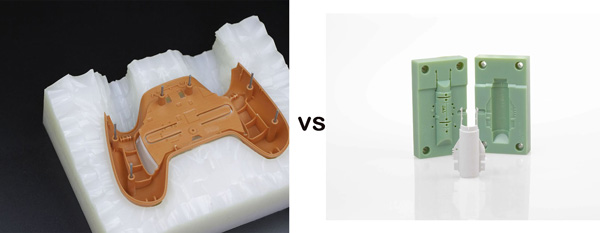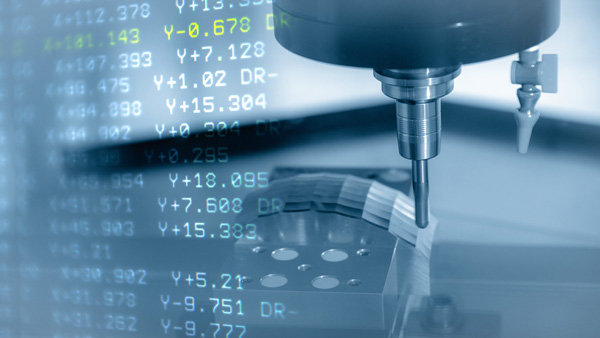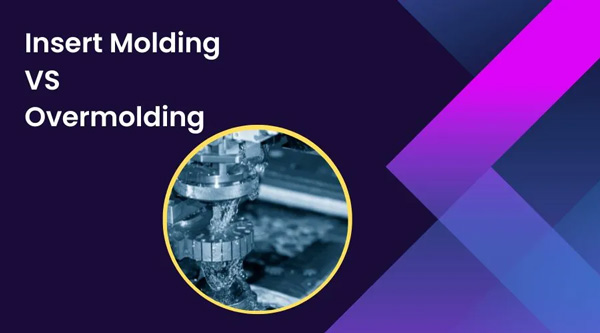Want to get precise and clean cuts on metals without wasting time or material? Check out plasma cutting. It offers easily customizable solutions, and when combined with CNC control, it makes it easy to shape metal.
This guide will shed light on what CNC plasma cutting is, its types, pros, cons, best material used, and more. So, keep reading!
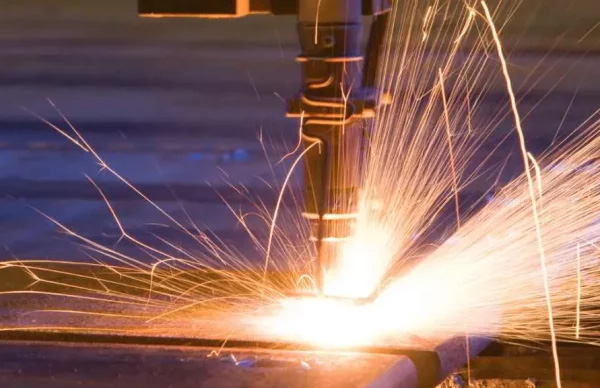
1) What is CNC Plasma Cutting?
As indicated in its name, CNC Plasma Cutting combines computer animation with burning torches to cut through metal, doing both tasks quickly and effortlessly via heating.
Plasma refers to the hottest and fastest form of gas. The process of sending electricity through a gas, such as air or nitrogen, will convert it into plasma. Plasma created in this manner is hot enough to melt metals. The torch, mounted on the CNC machine, moves along the material by a programmed path, which ensures that plasma cutting is performed.
This method is commonly used for cutting carbon steel, stainless steel, and aluminium. It finds use in automotive industries, manufacturing plants, construction companies, and metal artistic creation studios. Whether you are looking to cut thin sheets or thick plates, CNC plasma cutters can do both with ease.
What sets this apart from other methods is that less time and material are wasted during cutting. There are no measurements required or hand guiding of the torch since all processes are automated, so there are fewer mistakes. Alright! Now we are somewhat clear about what CNC plasma cutting is.
At Koonze Model, we guarantee cuts with our high-temperature torch, which evenly slices through charged metals faster than any competitor. Plasma ensures no remnants are left behind.
2) Understanding How CNC Plasma Cutting Works
As difficult as CNC plasma cutting sounds, the entire process is quite straightforward. Here’s a rundown of the steps involved and how they relate to one another:
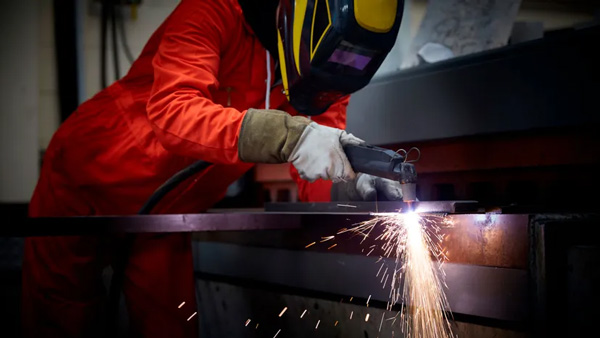
- Electric Current Turns Gas Into Plasma: Everything begins when the machine sends an electric current through gas. This can be made of air, nitrogen, or even oxygen, such that it turns into a hot plasma.
- Plasma Melts The Metal Workpiece: When plasma becomes extremely hot (Over 20,000 degrees Celsius), it passes swiftly through metals while using great amounts of heat.
- Air Jet Removes Molten Metal: During this stage, a powerful stream of gas pushes the molten material away, leaving a clean cut.
- CNC System Guides The Torch: As mentioned earlier, “CNC” stands for Computer Numerical Control; after coming up with a design on software, you have to upload it to your machine, and then the computer instructs where exactly every movement should happen.
- Precise Movement of torch for Accurate Cuts: To ensure your shape or design is accurately replicated or followed straight, the torch moves along the movable table.
- Fast and Repeatable: Everything is handled by a computer system, which means the cuts are made quickly, precisely, and consistently without variation. So, there is minimal waste produced.
This efficiency explains why many sectors use CNC plasma metal cutting for part manufacturing. It makes CNC plasma metal cutting economical, dependable, and streamlined for everything from petite projects to massive production runs.
CNC Plasma Cutting vs Other Cutting Methods
When it comes to metal cutting, there are several methods to explore. Each method does have its strengths and limitations. In this review, we will explain the distinction between plasma cutting and other notable cutting methods.
a) CNC Plasma Cutting
This method incorporates an electric charge on plasma gas, which is precisely regulated by a CNC system. It can slice metal sheets, steel, stainless steel, and aluminum, medium to thick, with high precision.
Plasma cutting has even more advantages, such as speed, automation, and low waste, making it suitable for industries that require both precision and fast production.
Laser cutting
This method incorporates a beam from a powerful laser focused on a specific area, and the heat melts or vaporizes material. Laser cutting handles thin metals with high precision and minimal kerf. However, it is not as efficient for thicker metals, especially over 20 millimeters.
Oxy-Fuel Cutting
This method turns a blend of fuel gas and pure oxygen into a flame hot enough to melt metals. Oxy-fuel is widely accepted in cutting carbon steel but does not work well with nonferrous metals like aluminum and stainless steel. Oxy-fuel is slower and less precise than plasma, but it does excel in very thick sections.
Waterjet Cutting
Using a narrow, high-pressure stream of water (and sometimes abrasives) to cut metal is known as waterjet cutting. It is optimal for materials that are heat-sensitive and thick composites. Although it takes longer to perform than plasma cutting, it does provide extremely smooth edges.
Mechanical Cutting
Having saws, shears, and mills perform a task falls under this category. This is not very useful for intricate designs as their precision is very limited. Furthermore, these tools lack the automation and speed provided by CNC plasma, making them labor-intensive.
When to Choose the Right Gas for the Cutting Process
Quality gas selection is important not only for quality but also for timing and the type of material being used. Here are the considerations for plasma CNC where gas types apply:
- If you are cutting mild steel and looking to save money, go with air. This option is not only very cost-effective, but also easy to operate. However, there is a possibility of dross that will require cleanup.
- If you are looking for cleaner edges, opt for oxygen. This will provide faster cutting and smooth edges, but should not be attempted on aluminium or stainless steel.
- For stainless steel or aluminium cutting, the best option is nitrogen as it will ensure clean cuts free of oxidation. It is, however, more expensive than air.
- If high precision is required for thicker stainless steel or aluminium cuts, the best recommendation is to use an argon-hydrogen mixture. This will offer the best edge quality, but is typically reserved for specialised, high-quality applications.
| Gas Type | Best For | Advantages | Notes |
| Air | Mild steel, thin materials | Low cost, easy to use | Leaves more dross, may need cleanup |
| oxygen | Mild steel | Fast cutting, excellent edge quality | Not for stainless steel or aluminium |
| Nitrogen | Stainless steel, aluminium | Clean cuts, less oxidation | More expensive than air or oxygen |
| Argon-Hydrogen | Thick stainless steel, aluminium | Smooth edges, best for high-quality results | Ideal for high-precision cutting jobs |
Efficiency, along with optimisation of post-processing time, relies on using appropriate fuels within CNC setups. It is always advisable to refer to the manufacturer’s guides or consulting services, such as Koonze Model, to find the most suitable options for tailored automated machining scenarios.
3) Best Materials for CNC Plasma Cutting
One of the greatest benefits of CNC plasma cutting is its capability of slicing through different sorts of metals swiftly and precisely. However, some materials are more suitable than others for this technique.
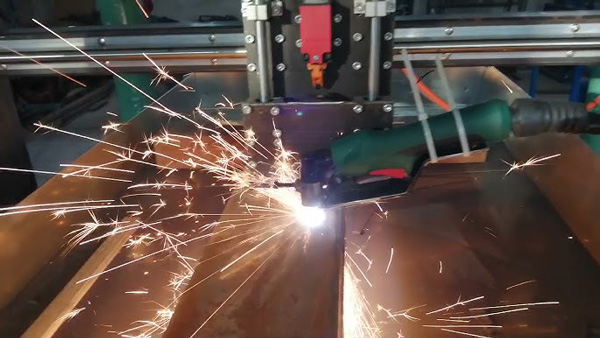
Well, some metals yield better, cleaner, and faster cuts. Selecting the appropriate material helps eliminate difficulties during metal hardface abrasive wear machining.
- The following are the optimal choices for plasma cutting:
a) Mild Steel: Mild steel is arguably the most common metal that is plasma cut using a CNC machine. It can be sliced quickly and cleanly using almost any type of gas. It works best as structural components and parts used in frame fabrication or general fabrication.
b) Stainless Steel: Stainless steel also performs well with CNC plasma cutters. Getting proper nitrogen or a mixture of argon and hydrogen gas is essential if a clean cut is desired. The metal has extensive applications in food equipment, medical tools, and decorative items manufacturing.
c) Aluminium: Aluminium has low density coupled with high tensile strength, which makes it difficult to obtain a smooth cut with all blades.
Gases play an important role when it comes to plastic cutting; with the right parameters, plasmas work best on aluminium tooling rotors. Aerospace, automotive industries, along advertising use aluminium widely.
d) Galvanised Steel: This metal is covered with zinc, which may emit fumes when cut. Therefore, adequate ventilation is required. However, this steel can be used for many outdoor and industrial projects.
e) Copper and Brass: These metals can be cut using plasma, though they are more electrically conductive. Thus, they need tighter operational tolerances to avoid melting.
CNC plasma cutting works best on conductive metals. For those not clear which material meets their requirements, expert services like Koonze Model may be able to assist in making the right selection.
4) Pros and Cons of CNC Plasma Cutting
In the same way that there are benefits to CNC Plasma cutting, there are also concerns that it raises. Knowing each side will help you understand how relevant this technique is for your situation.
Pros of CNC Plasma Cutting
+ Higher Efficiency: Compared to oxy-fuel cutting and traditional saws, CNC plasma cutting is significantly quicker. It means that the production time can be reduced greatly while ensuring efficiency remains high throughout the work process.
+ Precision Cuts With Smooth Finishes: Thanks to computers controlling the whole process using CAD software, accuracy is guaranteed during every step. Automated processes allow for clean edges, which improves accuracy for any additional work often required afterwards.
+ Flexibility to a Variety of Metals: Materials that can be worked on mild steel, stainless steel, aluminium, copper, and many more, are readily available. Applications for CNC plasma cutters are numerous due to their flexibility.
+ Less chances of Human Error: With a set program deciding the paths taken by cutters, you get consistent outcomes, which boost quality during large batches. Also, there are fewer chances of manual error.
Cons of CNC Plasma Cutting
– Not suitable for Thick Metals: CNC plasma cutting is best for medium-thickness slices; it is not the most effective for denser portions as compared to waterjet or oxy-fuel cutting techniques.
– Rougher Edges on Some Materials: Softer or coated metals may be prone to rough edges due to the excess slag produced during cutting.
– Production of toxic Fumes: The use of certain metals, such as galvanised steel, requires one to be careful due to toxic gas emissions while being sliced.
– Limited Precision Compared to Laser Cutting: While plasma cutting remains accurate in comparison with other means, it lags behind in precision while handling deep details.
5) How to Choose the Right Plasma Cutting Service Provider
In cases where you need precision in size and a quick turnaround time on your parts, having the right service provider equipped with CNC plasma cutters becomes imperative. Not every company works with the same standard machinery or provides thorough customer service like others. Therefore, there are some factors to consider, such as;
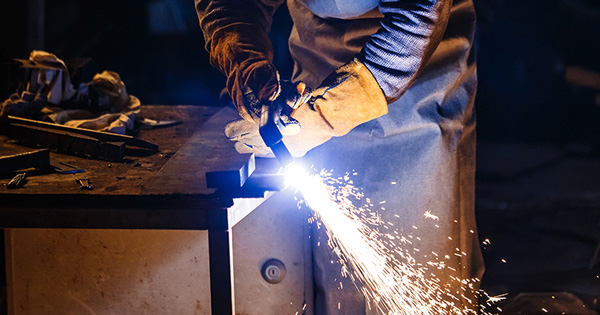
- It is Rational to Trust Experience
Selecting a company having ample years of experience in dealing with a variety of materials and structural complexities comes in handy. This way, they can implement adequate measures that aid in trimming excessive expenditures.
- Latest Technology
A reliable vendor possesses quality plasma cutters and other equipment ready when needed, along with advanced innovation added to older sets of machinery, as newer devices yield greatly while retaining speed and accuracy.
- Real-time Updates and Timeliness
A dependable service provider should honour their agreements with fixed pricing, offer a timely follow-up for any inquiries made, and provide clear updates on progress.
- Precision and Accuracy
Quality assurance processes need to be in place both before and after cutting to make sure that each part is verified to match the customer’s requirements.
Why the Koonze Model is Considered the Best Plasma Cutting Service Provider?
In the landscape of plasma cutting CNC services, Koonze Model is recognised as an expert for our unparalleled level of service.
Advanced Technology Available
All Koonze clients enjoy the sophistication offered by advanced CNC plasma cutting machines, which guarantee high-speed production. Ranging from basic cuts to intricate shapes, our machines deliver flawless results: each cut identifies possible fundamental shapes as well as complex polyhedral surfaces.
Highly Qualified Specialists
Waste minimisation through accurate weight estimation accompanies expertly calculated material selection, owing to a multitude of approaches available in industry.
Along with strategic gas provision, balanced flow optimisation guarantees stratified gas layering along the cut path, boosting precision during critical intersections. It is further refined by professional persons, who dominantly drive every process in the firm.
Comprehensive Material Utilisation
Koonze provides exceptional cutting services on all major metals, including but not limited to mild steel, stainless steel, and aluminium, ensuring sharp, clean edges thanks to selected appropriate gases alongside optimal cutting conditions tailored for each piece.
Thorough Quality Control
Well, each order undergoes tests of quality, precision, dimensions, edge smoothness, and adherence to the requirements. Our cutting procedures are efficient enough that minimal finishing work is necessary.
Delivery Schedule Compliance
Koonze’s industry reputation is also built on our production speed. Due to our effective workflows and timelines, meeting your project milestones is not a problem.
Responsive Client Support Services
Happily, we run the entire process smoothly, starting with giving quotes to deliveries. Regardless of whether it is your first time ordering or you are a returning customer, we seek out the most suitable solutions to your cutting problems and offer solutions.
For all CNC plasma cutting services offered by Koonze Model, unmatched speed, quality, and value make us excel in the industry.
6) FAQ
1. What types of designs can be uploaded for plasma cutting?
To upload designs, you will require vector files such as DXF, DWG, or SVG. These files allow the cutter paths to be programmed more accurately.
2. Is custom artistic metalwork possible with CNC plasma cutting?
Yes! It can do wonders for artwork since it has great detail following capabilities. The CNC torch’s ability to precisely trace intricate lines allows creation of customised signs, patterns, decorative metalworks изделия with crisp edges.
3. Can plasma cutting be performed on outdoor metal components?
Certainly, practising plasma cutting on metal components is fine. With mild steel, care needs to be taken to protect the parts with a finish such as paint or galvanising to avoid rust when exposed to the elements.
7) In a nutshell
As plasma cutting offers speed, precision, and versatility, it is one of the best techniques for quick metal separation. It works with many metals and sizes, from smaller custom designs to big parts. Well, the use of sophisticated CNC systems makes a good plasma cutter even better by providing unbeatable accuracy while eliminating waste.
For quality and peace of mind, industry leaders such as Keonze Model make precision plasma cutting simple and streamlined without compromising any level of service. You can contact Koonze right now!


